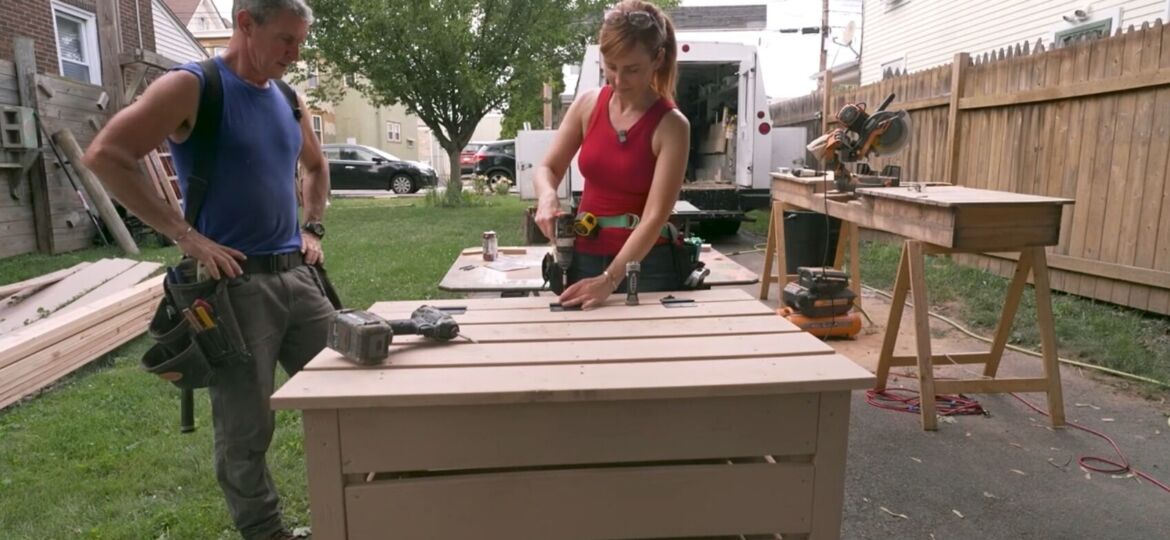
In my mind, a compost bin should be building and zoning code. It might have something to with the Common Good I read about somewhere. John Locke, maybe. Thomas Paine. Philosopher dudes. Anyway, I didn’t understand anything else they said, but this barrel’s staves held the whiskey and this compost bin is made from sustainable material called Acre by Modern Mill. So, it’s not only helping us reuse our waste, it’s also helping the planet reuse its waste.
Why compost?
Lots of reasons for us. In no particular order, a compost bin:
- Massively cuts down the solid waste leaving the typical American home. For us, about 50%
- The externalities of residential composting on a large scale, in my opinion, are massive: Garbage trucks doing junk removal with less waste in them burning less fuel to take less to the dump or incinerator eliminates colossal amounts of contaminants into the environment from diesel to brake dust to roads that are less stressed. (Not my idea, I read this one in Gone Tomorrow)
- It’s super easy
- Beyond making or buying the bin, it’s super free
- You do not need to be a gardener or farmer or even use the compost. That has been our experience. The pile builds up and with a few turnings–in our climate zone; it rains/snows/freezes, etc–the pile just keeps breaking down
- It’s a good chore for your kids. A la Mike Rowe, teaching them about how civilization actually exists–without garbage removal, fossil fuels, and plumbing we’re 2 days away from Mad Max/Walking Dead–is handy.
Materials for building a compost bin
A number of my customers are circumspect about using PT lumber for raised beds and compost bins. They opt for cedar, but cedar is not rated for ground contact and has a definite lifespan.
We used a new composite that bridges many gaps in the Venn Diagram of sustainability, compositing and long service life. We used Acre by Modern-Mill deck boards to build our new compost bin.
Why pick Acre by Modern Mill?
Because it is not plastic-schmastic composite deck boards. It is more than 50% upcycled organic material–rice husks. The remaining portion is PVC that’ll never break down. That’s sweet for us. Nevermind it works like wood and can be used for siding and other applications by the bucket load. (Videos coming soon on that.)
Yes, the company Modern Mill asked us to try it and sent us samples. After using it, we really liked how Acre cut—the dust doesn’t stick to us like other composites—and it takes paint and stain beautifully. And it doesn’t need either to hold up to weather. So this is one of those times when a company provided us the boards to build this project. Even if they didn’t, we’d still recommend it.
We also used narrow crown staples–so good–from our Metabo HPT stapler and Spax #8 x 2-inch HCRx coated screws to lock everything super snug.
In this compost bin video
Learn how to build a compost bin from measuring and work set-up through composting. Here are the steps:
- Work set up
- Materials cutting
- Fastening tips
- How to hinge the lid
- Sizing
- DIY fun
- What can I compost
- How to compost
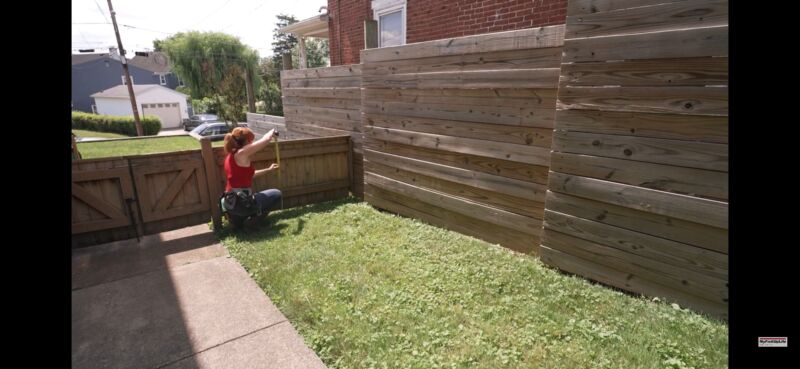
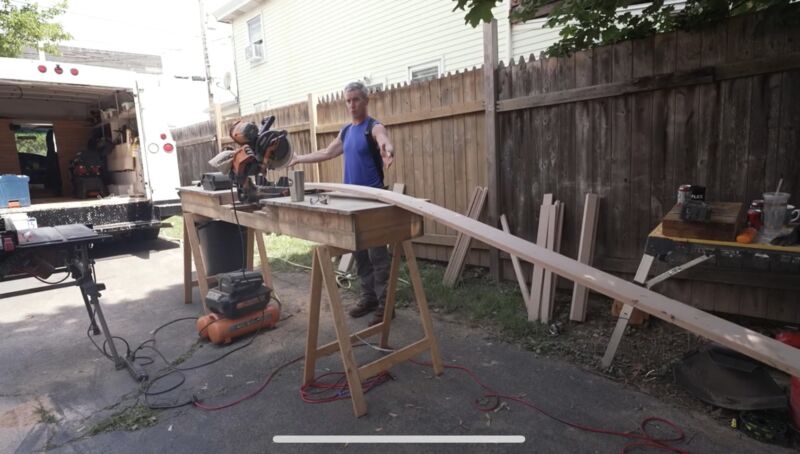
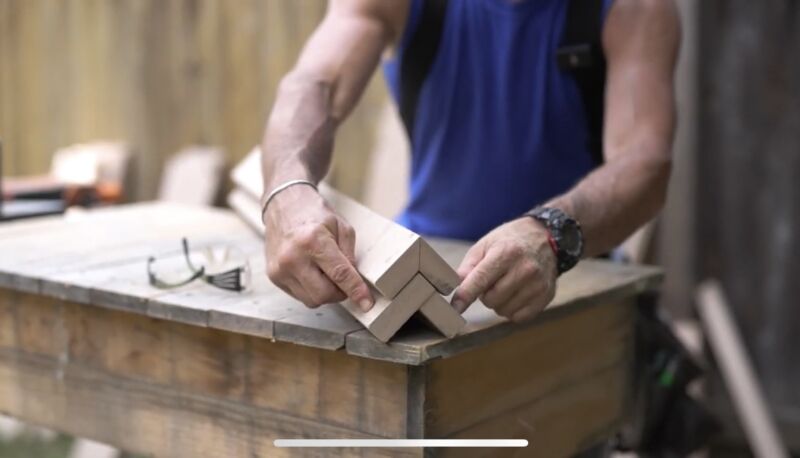

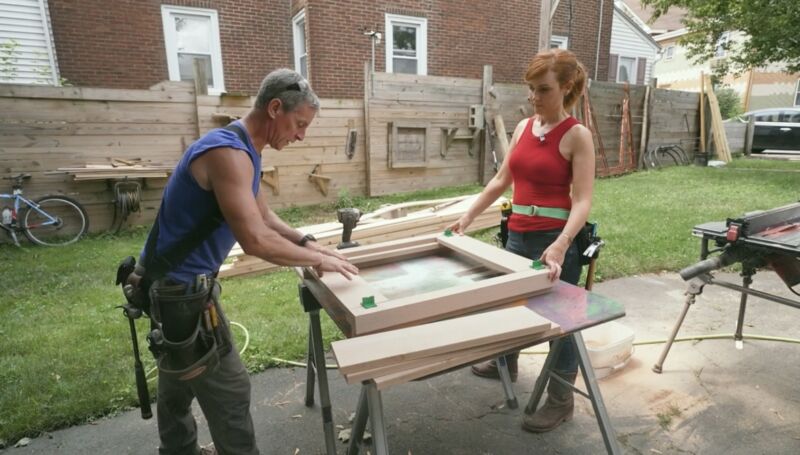
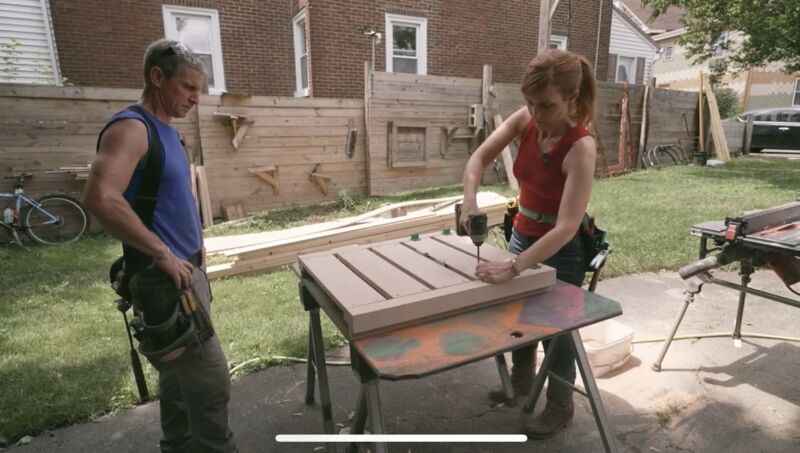
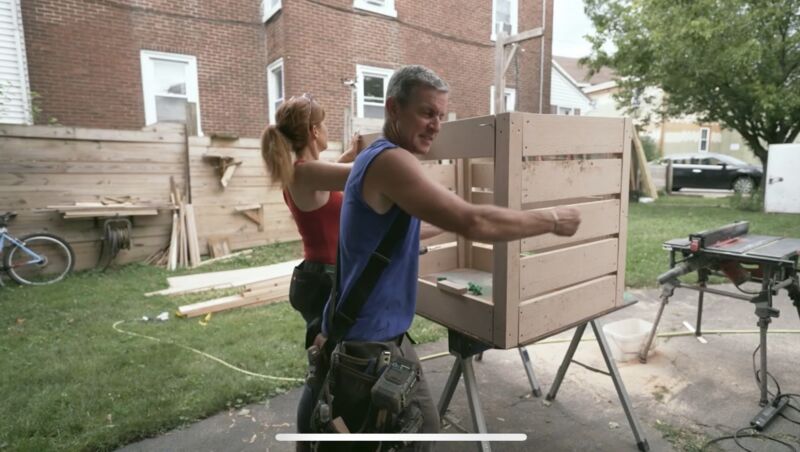
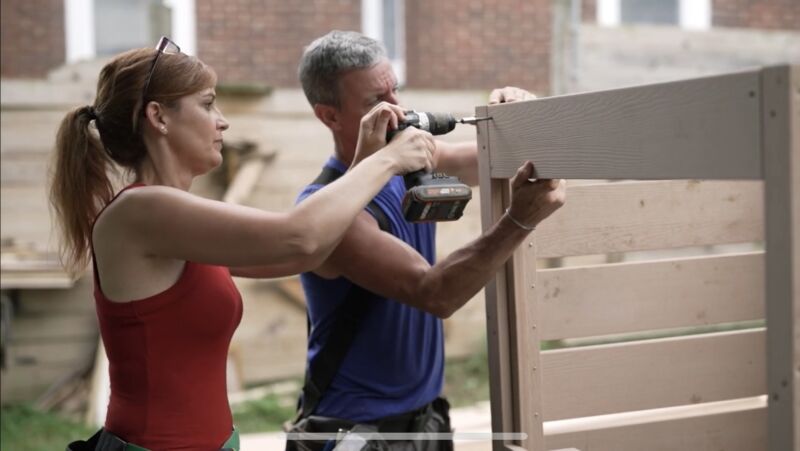

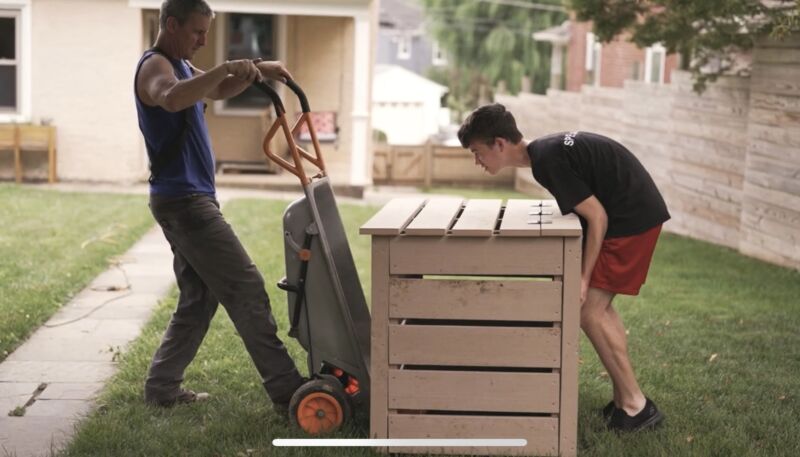
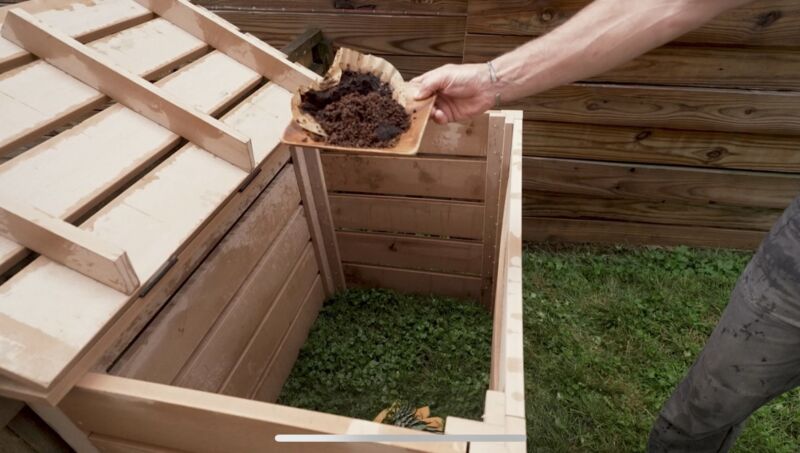
About the Author


